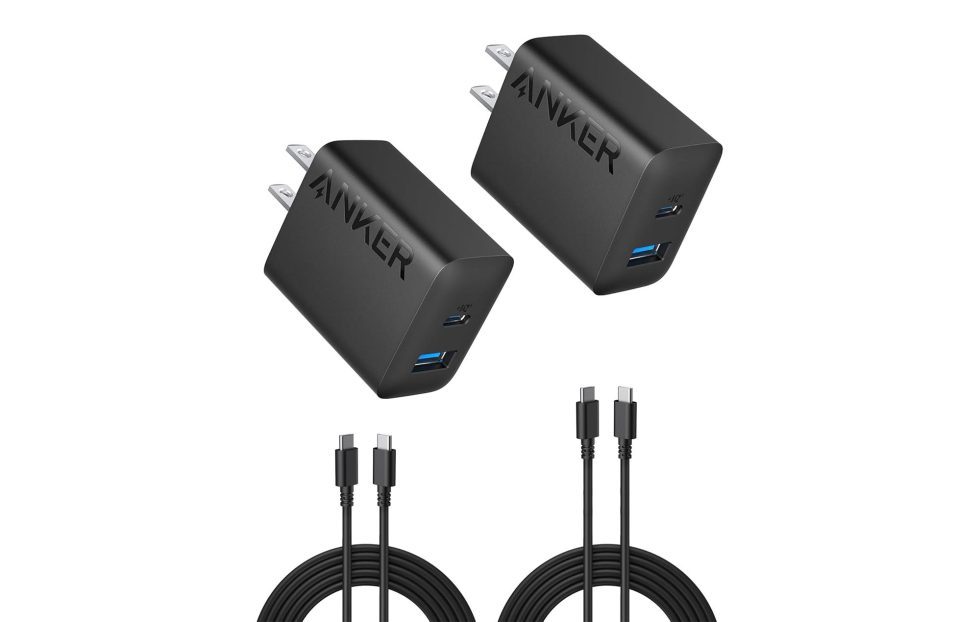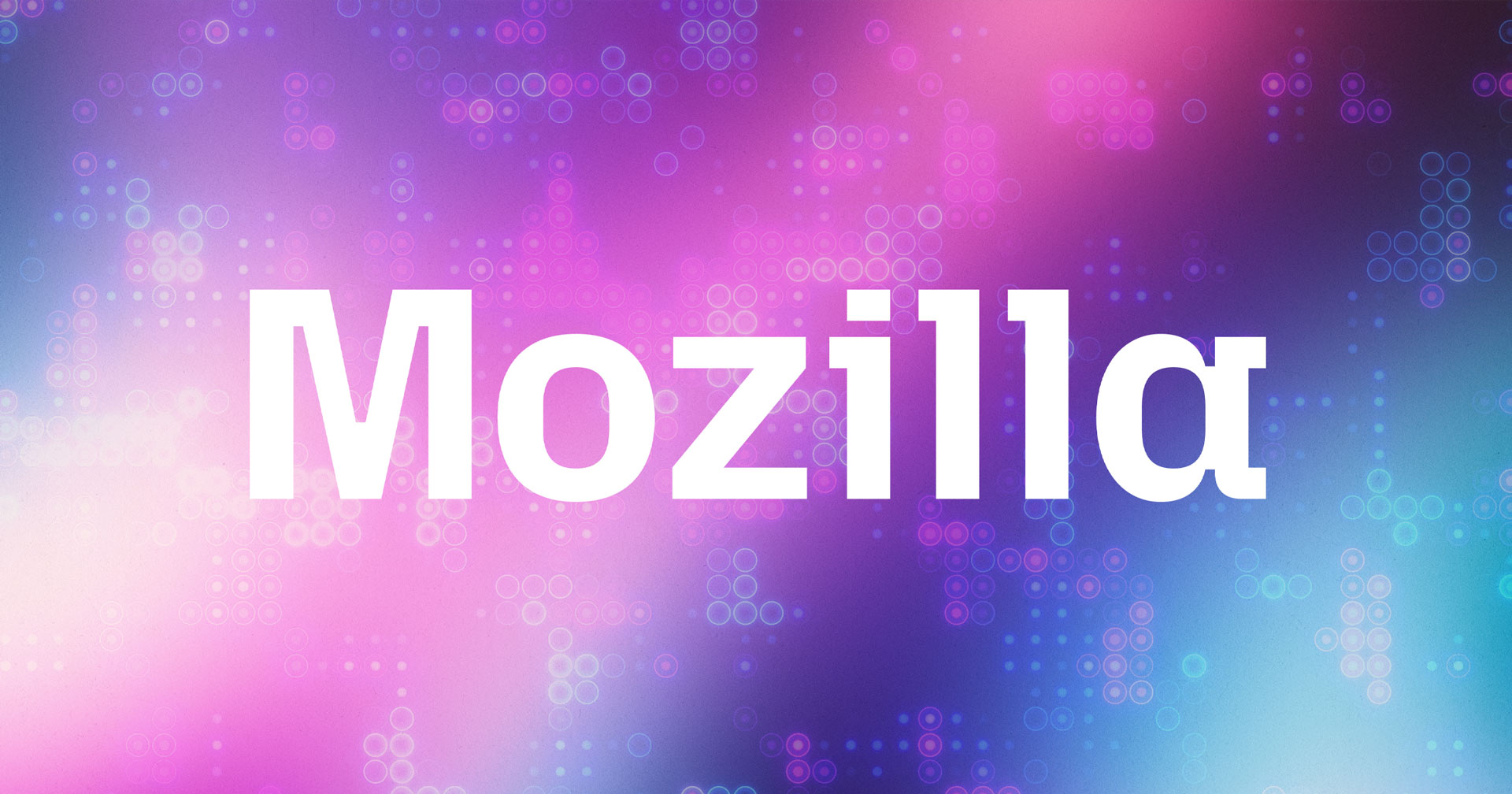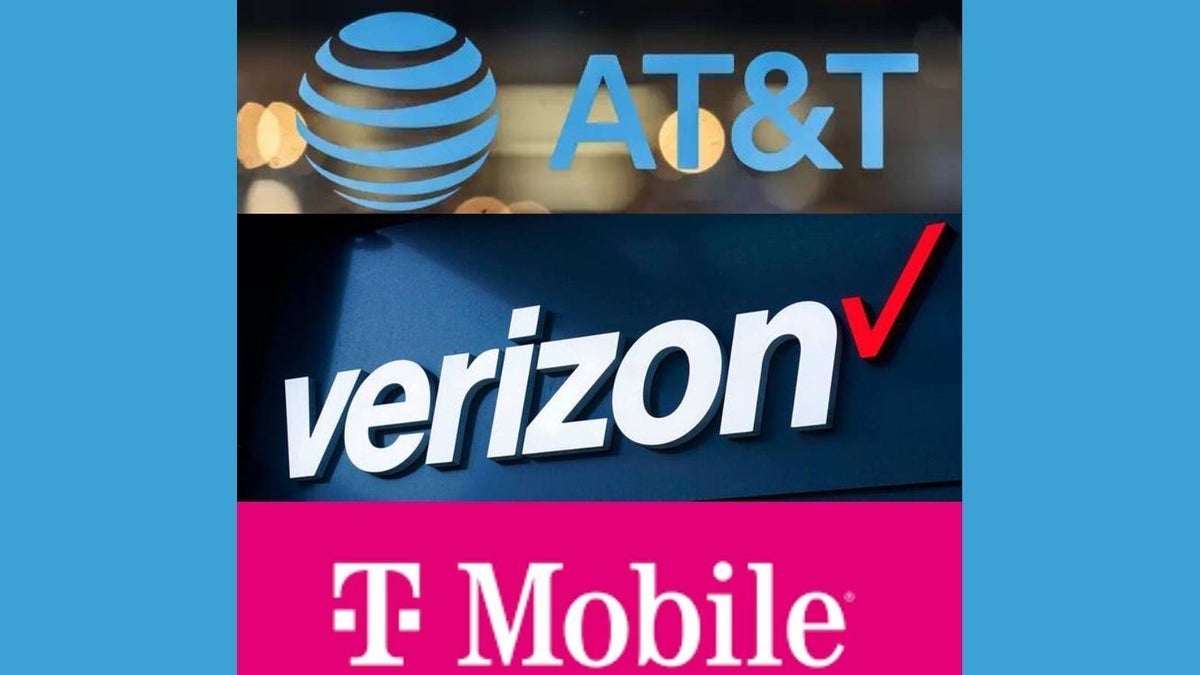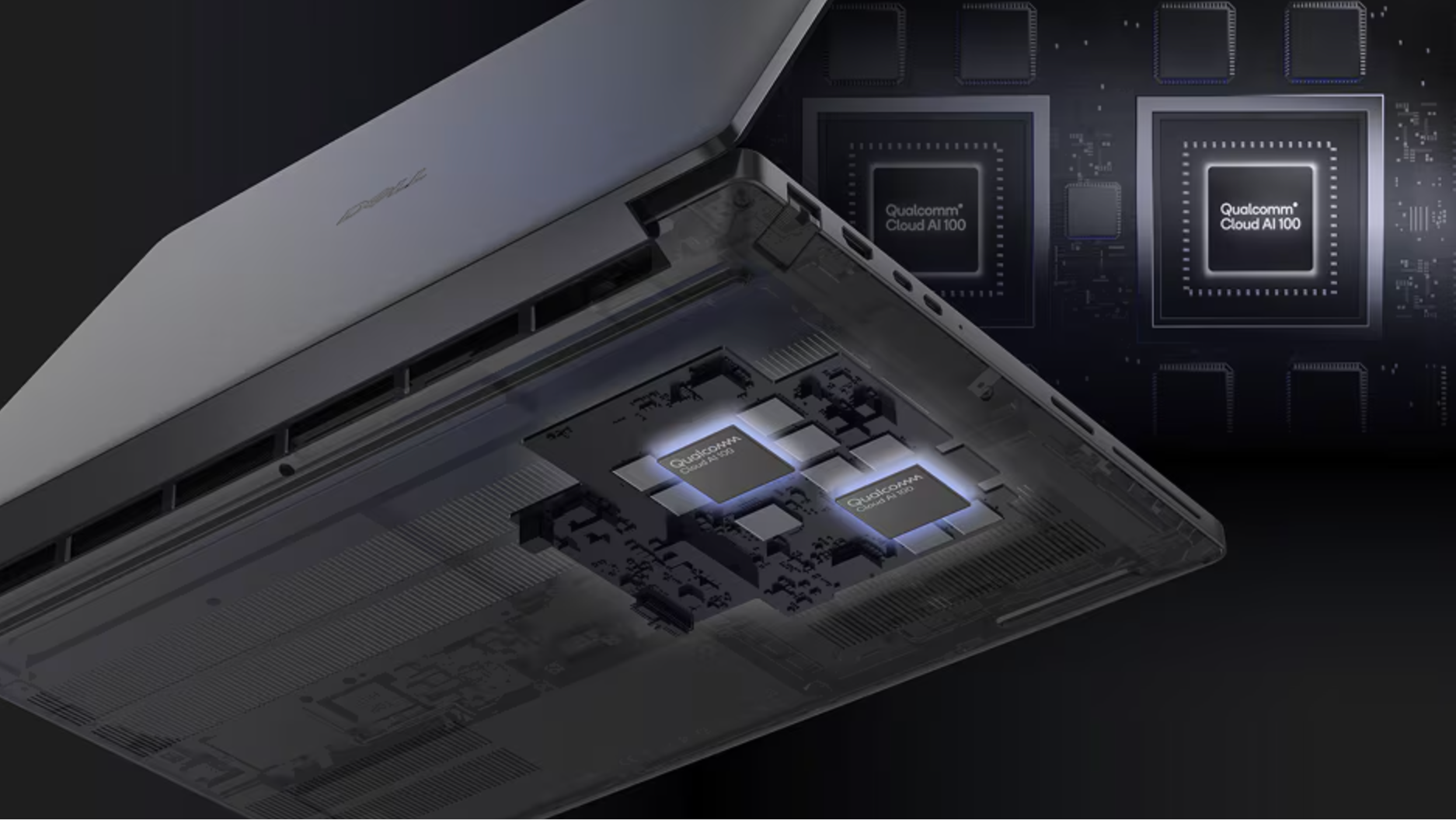Microsoft Unveils Agentic AI Tool to Streamline Cancer Care
Microsoft has introduced a new AI-powered orchestration system designed to streamline the complex process of cancer care planning. Available now through the Azure AI Foundry Agent Catalog, the healthcare agent orchestrator brings together specialized AI agents to assist clinicians with the analysis of multimodal medical data, from imaging and genomics to clinical notes and pathology. Cancer care often depends on multidisciplinary tumor boards, where specialists review a patient’s medical records in depth to develop personalized treatment plans. Despite their proven benefits, these boards are resource-intensive and available to less than 1% of patients worldwide, Microsoft says. The new system aims to change that by automating parts of the tumor board process using agentic AI, or multiple cooperating AI systems that can reason, analyze, and generate tailored outputs. The orchestrator coordinates general-purpose and domain-specific agents to support tasks that typically take hours. Agents can review and summarize imaging, pathology slides, and EHR data, assess cancer stage based on standard guidelines, identify relevant clinical trials, and synthesize current medical research into usable reports. These tools are integrated into platforms already familiar to clinicians, including Microsoft Teams, Word, and the broader Microsoft 365 suite. Early adopters include Stanford Health Care, Johns Hopkins, Providence Genomics, and UW Health. At Stanford, clinicians are using foundation model-generated summaries during tumor board meetings. Dr. Mike Pfeffer, CIO at Stanford Health Care, described how his organization is using the orchestrator as a way to reduce fragmentation and bring forth data that was previously difficult to use: “Stanford Medicine sees 4,000 tumor board patients a year, and our clinicians are already using model-generated summaries in tumor board meetings today (via a PHI safe instance of GPT on Azure). The new healthcare agent orchestrator has the power to streamline this existing workflow by reducing fragmentation (saving time by avoiding copy-pasting) and enables surfacing new insights from data elements that were challenging to search, such as trial eligibility criteria, treatment guidelines, and real-world evidence. Stanford Health Care is excited to further research the potential of using the healthcare agent orchestrator to build the first generative AI agent solution used in a production setting for real-world care for our cancer patients,” Pfeffer shared in a Microsoft blog. Under the hood, Microsoft’s system relies on components like Semantic Kernel, a lightweight, open-source development kit for building AI agents, and Magentic-One, a multi-agent framework where a lead agent directs others to handle specialized tasks like file navigation and code execution. Different agents each handle a specific part of the clinical workflow. A patient history agent compiles chronological medical timelines, while radiology and pathology agents analyze imaging data for second reads and complex interpretations. Other agents assist with staging cancer using AJCC guidelines, suggesting treatment plans based on NCCN standards, identifying matching clinical trials, and summarizing medical research. A reporting agent then pulls everything together into structured documents for use in multidisciplinary meetings. Paige.ai is among the first external companies to integrate with the platform, providing a pathology agent named Alba that can interpret whole-slide images and deliver insights on tumor grade and morphology. This interoperability is central to the orchestrator’s design, which allows third-party tools to connect via APIs and Microsoft’s Model Context Protocol. Microsoft’s long-term vision is to extend these tools beyond tumor boards, empowering healthcare developers to build and test custom agents to integrate into clinical workflows. By embedding AI into the tools providers already use, the company hopes to democratize access to precision medicine and make personalized care more accessible to patients around the world.

Microsoft has introduced a new AI-powered orchestration system designed to streamline the complex process of cancer care planning. Available now through the Azure AI Foundry Agent Catalog, the healthcare agent orchestrator brings together specialized AI agents to assist clinicians with the analysis of multimodal medical data, from imaging and genomics to clinical notes and pathology.
Cancer care often depends on multidisciplinary tumor boards, where specialists review a patient’s medical records in depth to develop personalized treatment plans. Despite their proven benefits, these boards are resource-intensive and available to less than 1% of patients worldwide, Microsoft says. The new system aims to change that by automating parts of the tumor board process using agentic AI, or multiple cooperating AI systems that can reason, analyze, and generate tailored outputs.
The orchestrator coordinates general-purpose and domain-specific agents to support tasks that typically take hours. Agents can review and summarize imaging, pathology slides, and EHR data, assess cancer stage based on standard guidelines, identify relevant clinical trials, and synthesize current medical research into usable reports. These tools are integrated into platforms already familiar to clinicians, including Microsoft Teams, Word, and the broader Microsoft 365 suite.
Early adopters include Stanford Health Care, Johns Hopkins, Providence Genomics, and UW Health. At Stanford, clinicians are using foundation model-generated summaries during tumor board meetings. Dr. Mike Pfeffer, CIO at Stanford Health Care, described how his organization is using the orchestrator as a way to reduce fragmentation and bring forth data that was previously difficult to use:
“Stanford Medicine sees 4,000 tumor board patients a year, and our clinicians are already using model-generated summaries in tumor board meetings today (via a PHI safe instance of GPT on Azure). The new healthcare agent orchestrator has the power to streamline this existing workflow by reducing fragmentation (saving time by avoiding copy-pasting) and enables surfacing new insights from data elements that were challenging to search, such as trial eligibility criteria, treatment guidelines, and real-world evidence. Stanford Health Care is excited to further research the potential of using the healthcare agent orchestrator to build the first generative AI agent solution used in a production setting for real-world care for our cancer patients,” Pfeffer shared in a Microsoft blog.
Under the hood, Microsoft’s system relies on components like Semantic Kernel, a lightweight, open-source development kit for building AI agents, and Magentic-One, a multi-agent framework where a lead agent directs others to handle specialized tasks like file navigation and code execution. Different agents each handle a specific part of the clinical workflow. A patient history agent compiles chronological medical timelines, while radiology and pathology agents analyze imaging data for second reads and complex interpretations. Other agents assist with staging cancer using AJCC guidelines, suggesting treatment plans based on NCCN standards, identifying matching clinical trials, and summarizing medical research. A reporting agent then pulls everything together into structured documents for use in multidisciplinary meetings.
Paige.ai is among the first external companies to integrate with the platform, providing a pathology agent named Alba that can interpret whole-slide images and deliver insights on tumor grade and morphology. This interoperability is central to the orchestrator’s design, which allows third-party tools to connect via APIs and Microsoft’s Model Context Protocol.
Microsoft’s long-term vision is to extend these tools beyond tumor boards, empowering healthcare developers to build and test custom agents to integrate into clinical workflows. By embedding AI into the tools providers already use, the company hopes to democratize access to precision medicine and make personalized care more accessible to patients around the world.































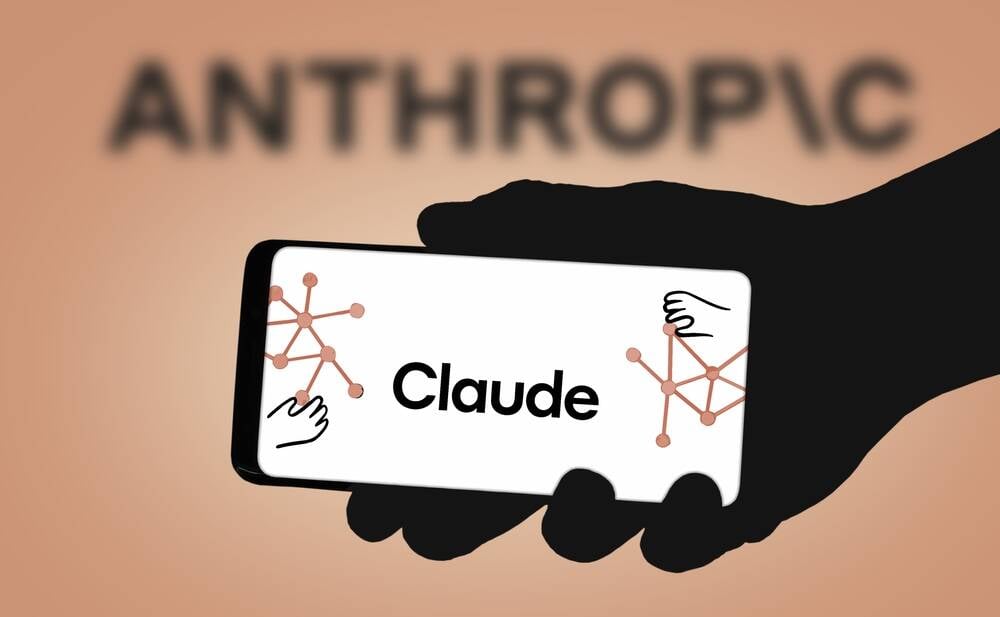









































































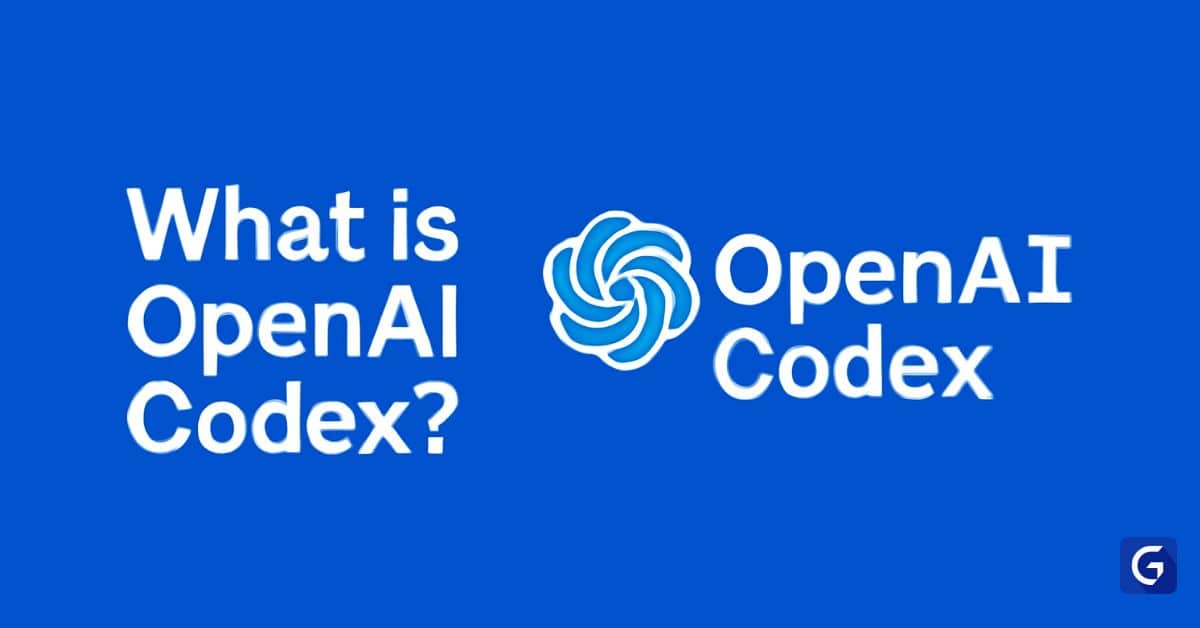




































































![[The AI Show Episode 148]: Microsoft’s Quiet AI Layoffs, US Copyright Office’s Bombshell AI Guidance, 2025 State of Marketing AI Report, and OpenAI Codex](https://www.marketingaiinstitute.com/hubfs/ep%20148%20cover%20%281%29.png)


![[The AI Show Episode 146]: Rise of “AI-First” Companies, AI Job Disruption, GPT-4o Update Gets Rolled Back, How Big Consulting Firms Use AI, and Meta AI App](https://www.marketingaiinstitute.com/hubfs/ep%20146%20cover.png)








































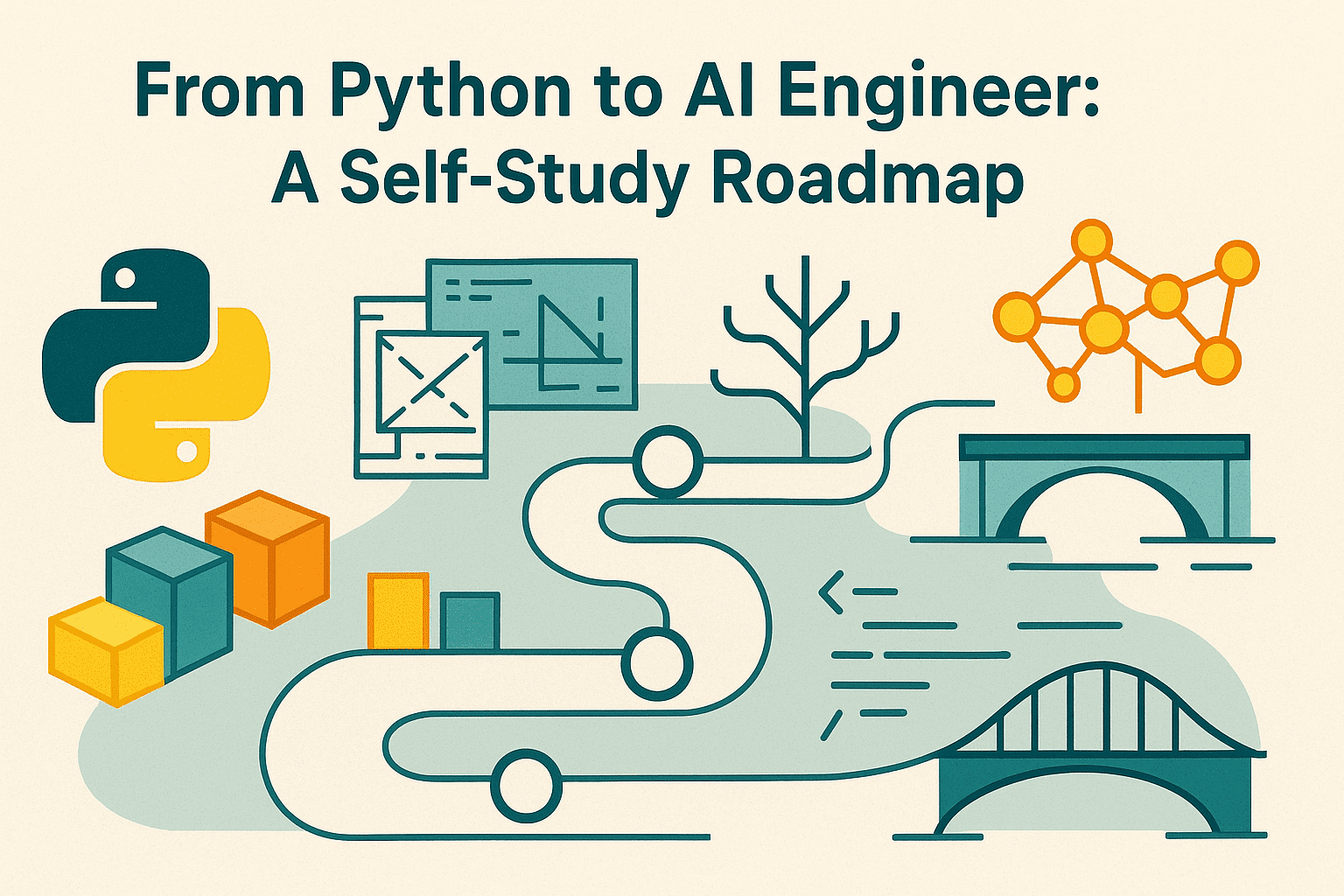




















































































![Laid off but not afraid with X-senior Microsoft Dev MacKevin Fey [Podcast #173]](https://cdn.hashnode.com/res/hashnode/image/upload/v1747965474270/ae29dc33-4231-47b2-afd1-689b3785fb79.png?#)






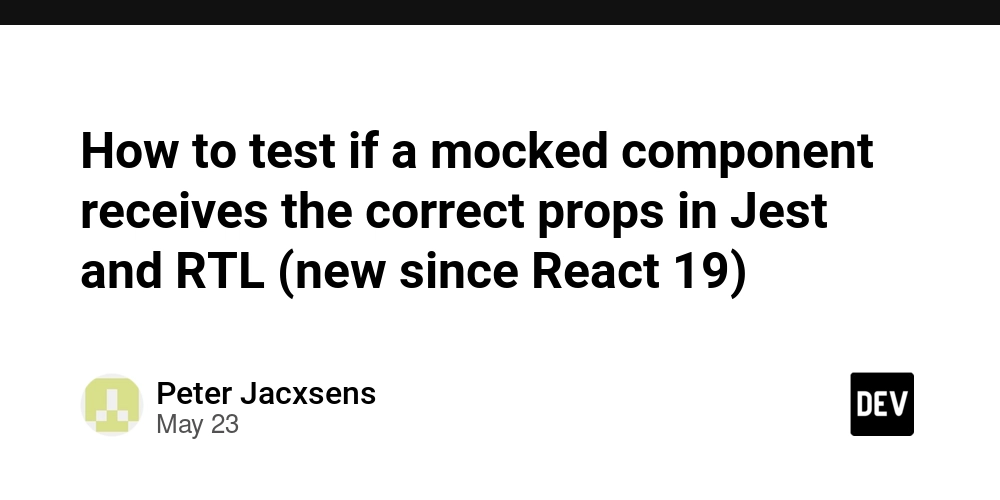














































































































_MEGHzTK.png?width=1920&height=1920&fit=bounds&quality=70&format=jpg&auto=webp#)
-1-52-screenshot.png?width=1920&height=1920&fit=bounds&quality=70&format=jpg&auto=webp#)




















_David_Hall_-Alamy.jpg?width=1280&auto=webp&quality=80&disable=upscale#)
_Andriy_Popov_Alamy_Stock_Photo.jpg?width=1280&auto=webp&quality=80&disable=upscale#)











































































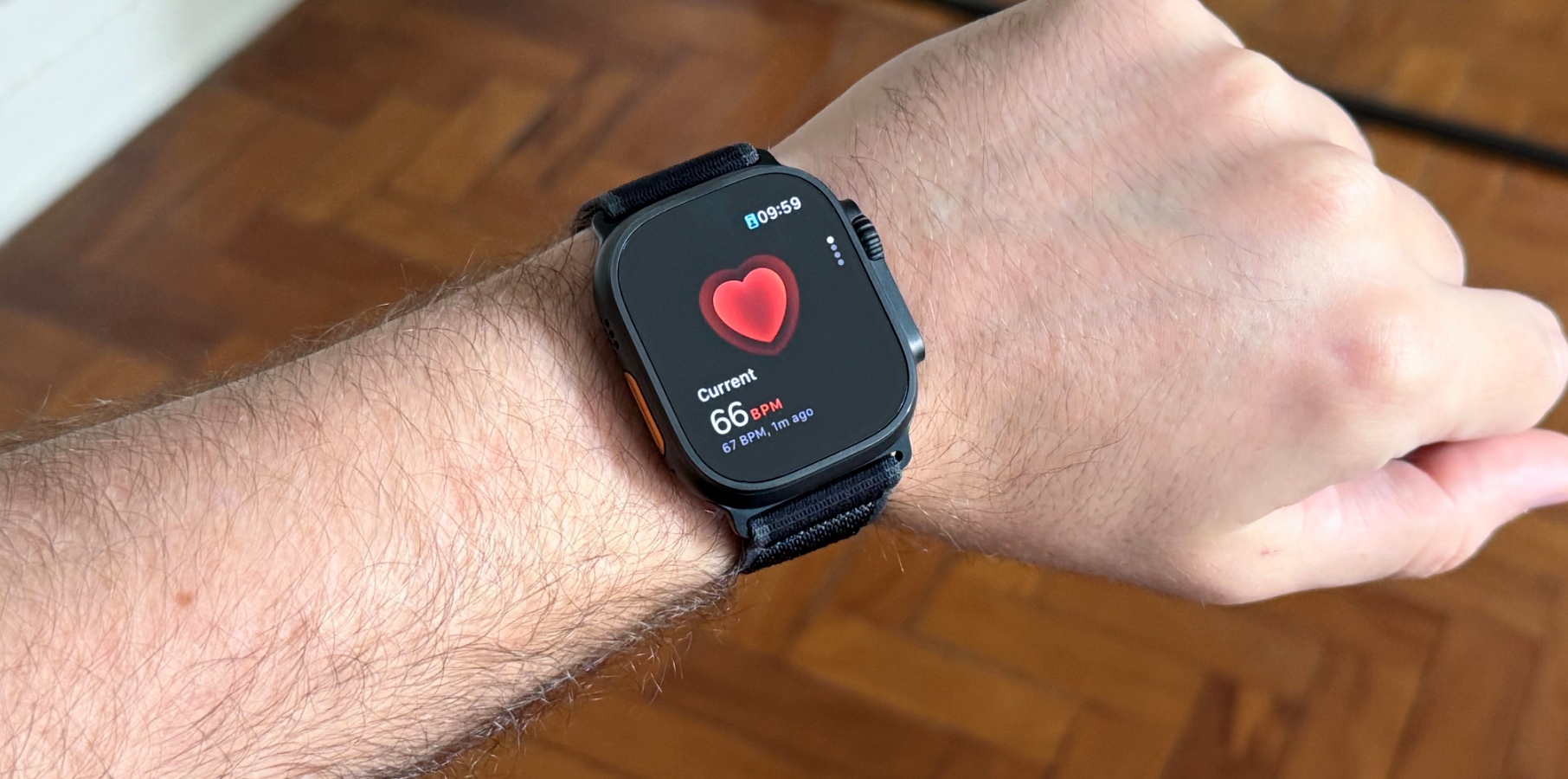





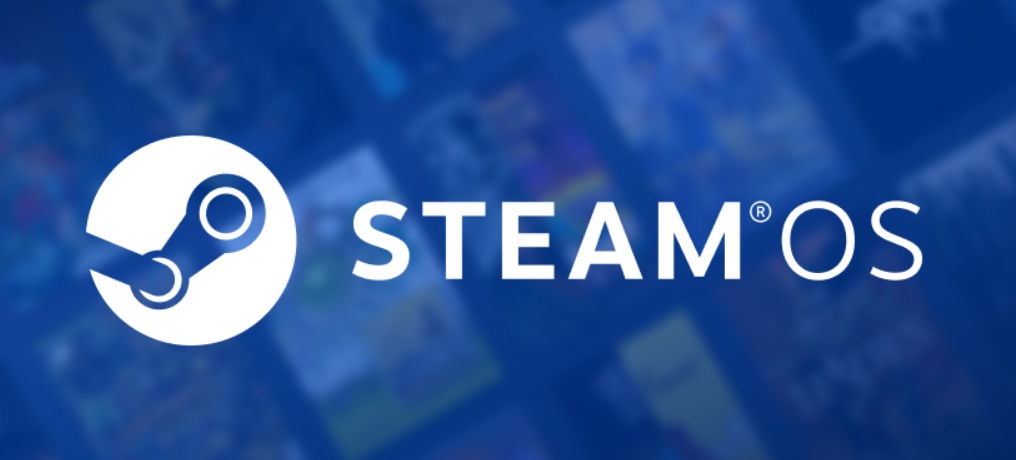

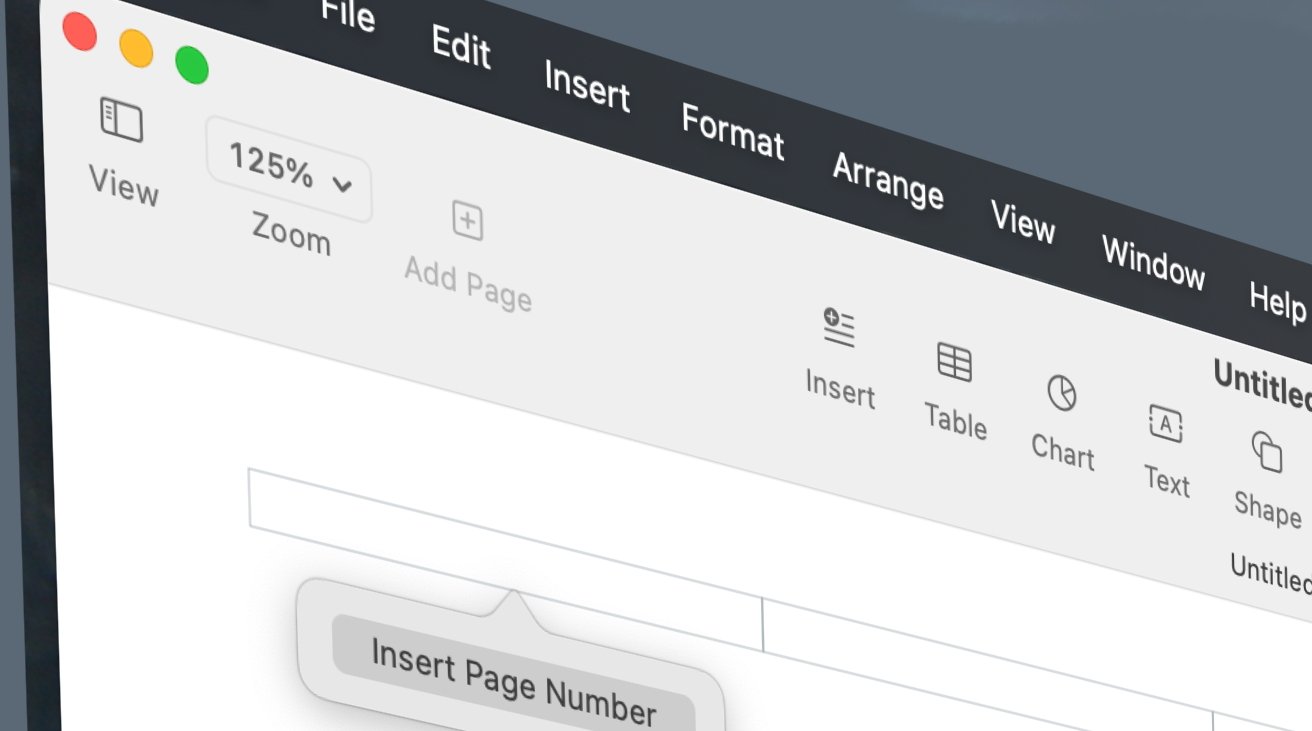
-xl.jpg)







![[Open Thread] Google may have changed the face of visual media forever, but is it for the good?](https://www.androidauthority.com/wp-content/uploads/2025/04/Veo-2-in-Gemini-on-an-Android-phone-scaled.jpg)


















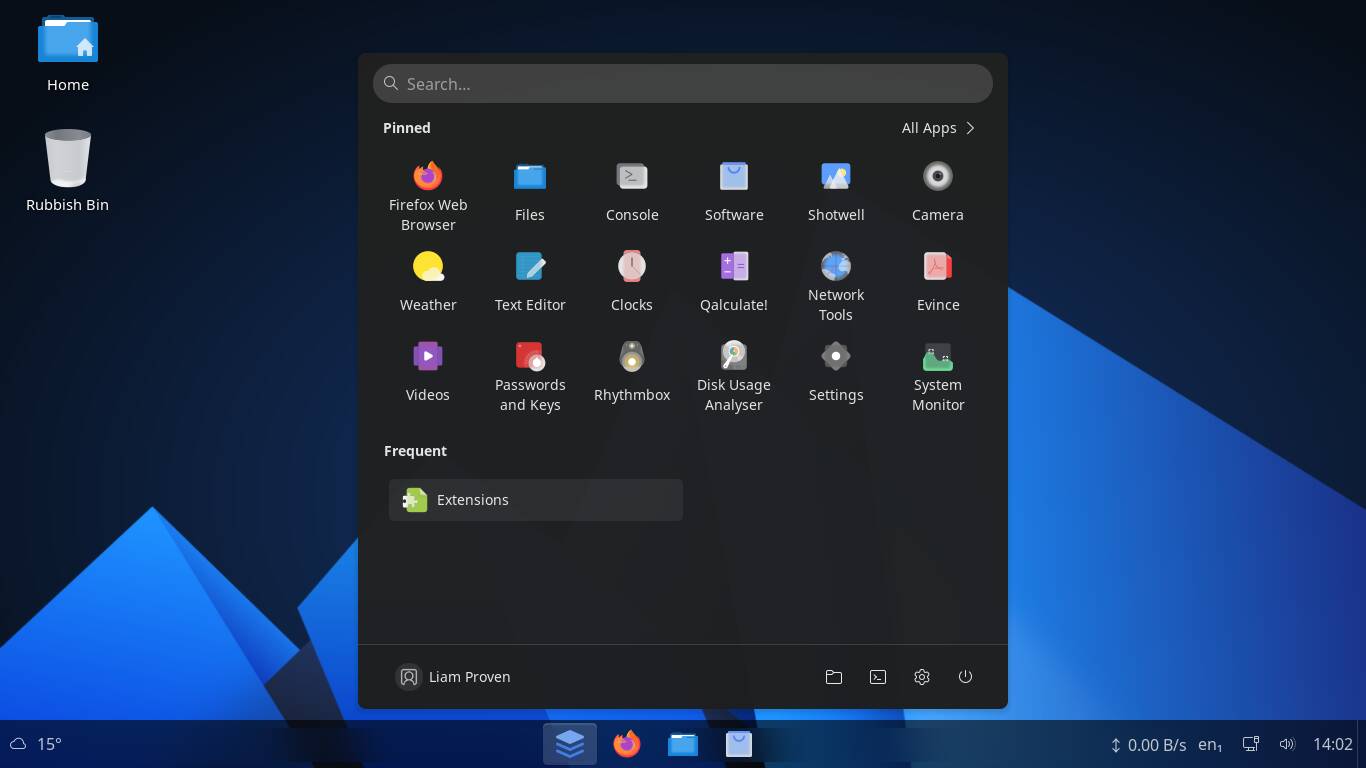




![Apple Shares Official Trailer for Season 2 of 'The Buccaneers' [Video]](https://www.iclarified.com/images/news/97414/97414/97414-640.jpg)
![Apple Highlights Ceramic Shield, Stolen Device Protection, and More in New Ads [Video]](https://www.iclarified.com/images/news/97416/97416/97416-640.jpg)
























